Belonging to the family Araliaceae and native to tropical regions of East Malesia and the Southwest Pacific, the Coffee Tree, also known as Geranium Aralia or Wild Coffee, is a versatile perennial shrub. It features stiff, spreading branches that can grow tall if left unpruned. This plant is known for its adaptability to shaping, making it a popular choice for creating bonsai trees or dense hedges. Its distinctive green leaves often display white or yellow outlines, adding an ornamental touch to gardens. This hardy shrub thrives in tropical climates and is a favorite for its decorative appeal and easy maintenance.
| Common name | Coffee Tree, Geranium Aralia, Geranium-Leaf Aralia, Wild Coffee |
| Botanical name | Polyscias guilfoylei |
| Family | Araliaceae, Araliaceae |
| Genus | Polyscias |
| Species | guilfoylei, guilfoylei |
| Origin | East Malesia to Southwest Pacific, East Malesia to Southwest Pacific |
| Life cycle | Perennial |
| Plant type | Houseplant |
| Hardiness zone | 10, 11 |
| Sunlight | Dappled Sunlight |
| Maintenance | Low |
| Soil condition | High Organic Matter |
| Soil ph | Acid |
| Drainage | Well-Drained |
| Growth rate | Slow |
| Leaf color | Gold, Yellow |
| Uses | Container |
I. Appearance and Characteristics
Polyscias guilfoylei, the geranium aralia or wild coffee, is a species of evergreen shrub native to the paleotropics and neotropics. It is not closely related to the true coffee plants of the genus Coffea. It has erect branches and can grow to a height of up to 24 ft (7.3 m). The leaves are long and 1-pinnate with leaflets which are opposite. The leaf blades are variable, but usually ovate or elliptic and coarsely dentate or lacerate. The leaves are commonly variegated with margins of white or pale yellow, but can also be entirely dark green.
The insignificant flowers form as green umbels, and may be followed by black berries.
The cultivar ‘Victoriae’, with strongly variegated, white and green, jagged leaves, is a recipient of the Royal Horticultural Society’s Award of Garden Merit. It does not tolerate temperatures below 15 °C (59 °F), and must be grown under glass all year round in temperate zones.
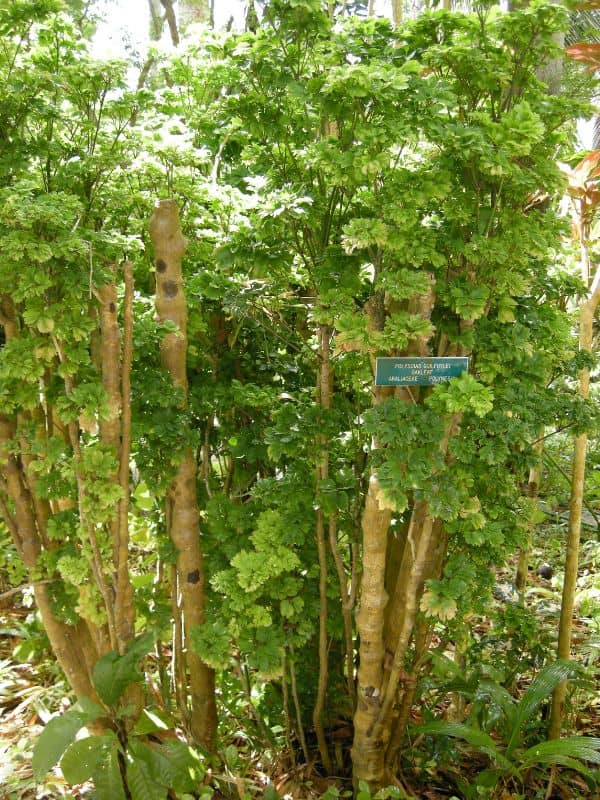
Toxic to Dogs
Geranium aralia is mildly toxic to dogs. Chewing on leaves or stems, or otherwise becoming exposed to its sap, can cause irritation to the mouth, skin, and/or gastrointestinal tract. Symptoms of a bad geranium aralia reaction include pawing at the mouth, extreme thirst, itching or blistering of the skin, vomiting, diarrhea, and swelling of the face, nose, or throat. Dogs should be taken to the vet if they are experiencing strong systems or appear to be very uncomfortable. Thankfully, geranium aralia poisoning is rarely severe enough to cause lasting damage
Toxic to Cats
The foliage of the geranium aralia (Polyscias guilfoylei) is mildly to moderately toxic for cats, causing skin irritation after contact, and stomach ailments if eaten. If a sufficient amount is consumed, your can may show signs of appetite loss and vomiting. Consult your veterinarian for treatment if any of these symptoms become present.
II. How to Grow and Care
Sunlight
Geranium aralia thrives best in partial sun conditions where it gets bright, indirect light. While it tolerates full sun and full shade, these extremes can affect its vitality; full sun may lead to leaf scorch, whereas full shade can result in leggy growth and diminished foliage vibrancy.
Adaptive traits like leaf color changes can signal distress from inadequate light. Outdoors, geranium aralia should be positioned in dappled sunlight, often found under the shelter of taller plants. For indoor growth, spots near windows with filtered light are ideal to maintain health and encourage robust development.
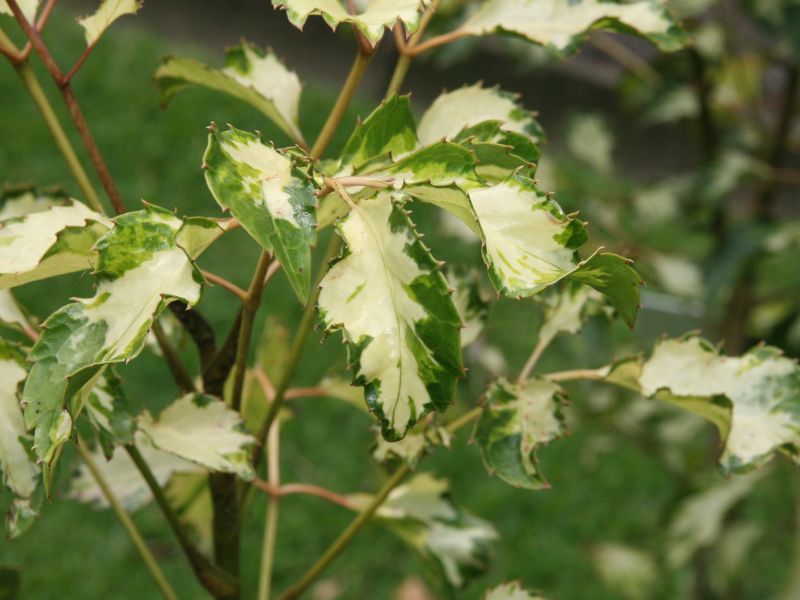
Watering
Originating from the understory of tropical forests, geranium aralia has adapted to environments with high humidity and consistent moisture. This species thrives when its soil is allowed to dry slightly between waterings, which translates to a watering schedule of once every 1-2 weeks.
As an indoor plant, geranium aralia benefits greatly from occasional misting to replicate its native humid conditions. Focusing on growth cycles, it’s important to note that during active growing periods, geranium aralia’s water requirements may increase due to higher metabolic activity.
Fertilizing
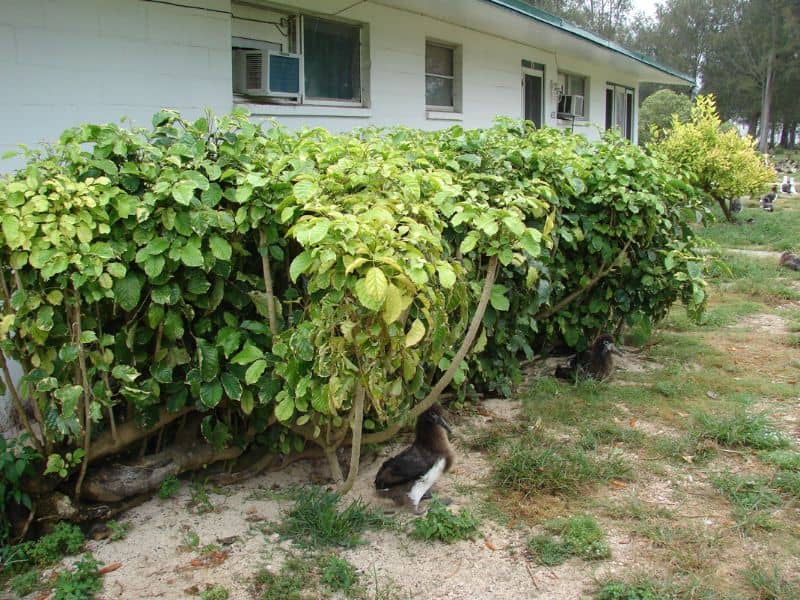
To bolster geranium aralia’s growth, utilize high nitrogen fertilizers monthly during spring and summer for leaf development. In fall and winter, reduce to bi-monthly to prevent overfeeding. Administer per product instructions, cautioning against excessive quantities to avoid root burn. Fertilization enhances geranium aralia’s vigor and foliage density. Seasonal adjustments align with geranium aralia’s growth cycle. Use water-soluble types for even dispersal and immediate uptake. For best results, ensure soil is moist before application.
Propagation
Geranium aralia can be propagated through cuttings in spring or summer. This method generally poses moderate difficulty, but success is indicated by new growth. Ensure a healthy cutting and maintain adequate humidity for best results.
Transplanting
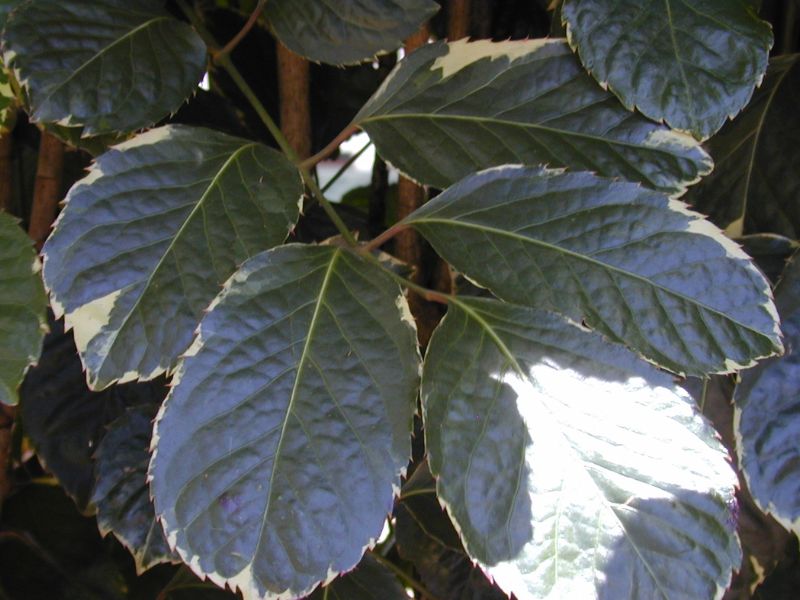
For the best results, transplant geranium aralia during the ideal window of early to mid-spring. This allows the plant ample time to establish its roots in its new location. Choose a spot with well-drained soil and partial shade for optimal growth. Ensure proper spacing, and if necessary, add organic matter to improve soil conditions.
Overwintering
Geranium aralia originates from warm, humid tropical climates, naturally bracing it against winter temperatures above 60 degrees Fahrenheit. It goes semi-dormant in these months, conserving energy. For gardeners, ensuring that geranium aralia stays indoors with controlled temperatures in winter, as well as minimal watering, is key to maintaining the plant’s health. Bright, indirect sunlight encourages growth after the cold months.
Repotting
Repot geranium aralia every 2-3 years in spring to accommodate its medium-height, bushy growth. Choose a pot size that allows for a modest 2-3 inch increase in diameter for optimal root health. Post-repotting, place geranium aralia in bright, indirect light and maintain consistent moisture without overwatering. Remember, geranium aralia’s care is straightforward, yet mindful watering will help prevent root rot and ensure vigorous growth.
III. Uses and Benefits
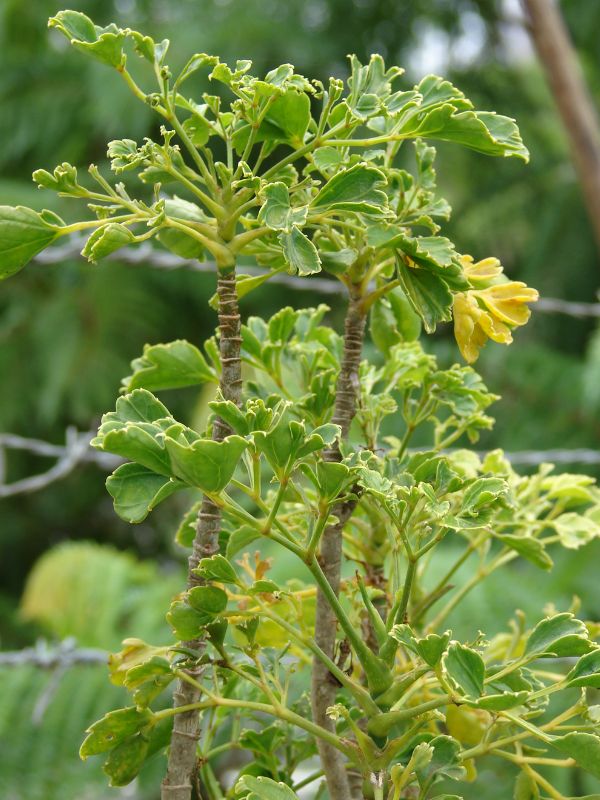
Geranium aralia is grown in tropical gardens for its wind breaking capabilities and lush, glossy, variegated foliage. Thanks to its evergreen leaves and resistance to wind, geranium aralia makes for excellent hedging and borders. Some cultivars of this plant are even more beautiful and are frequently grown as specimen pieces.
Find Where to Buy the Best Geranium Aralia (Polyscias guilfoylei)



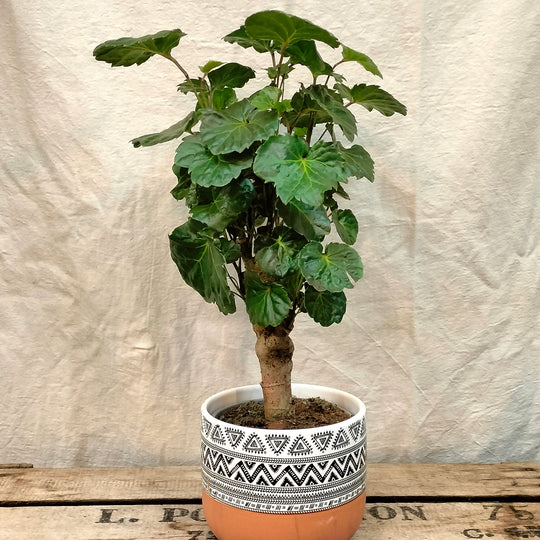


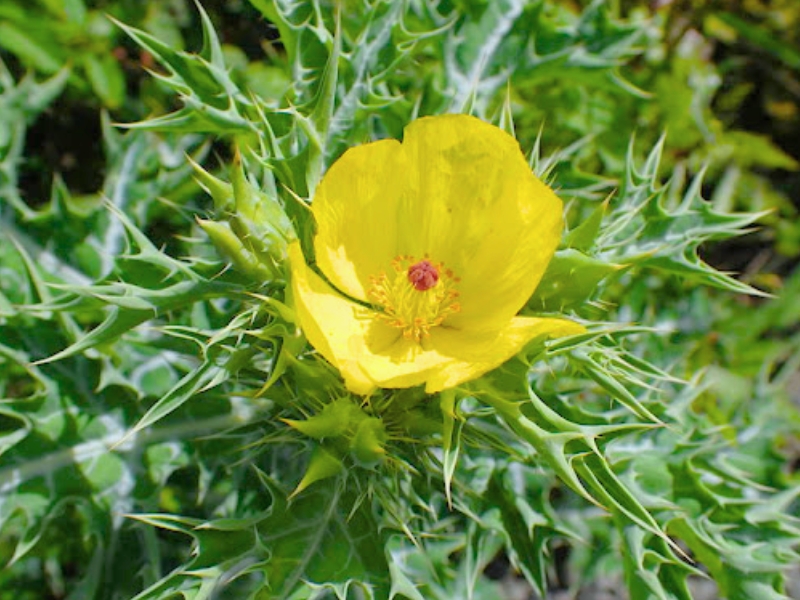
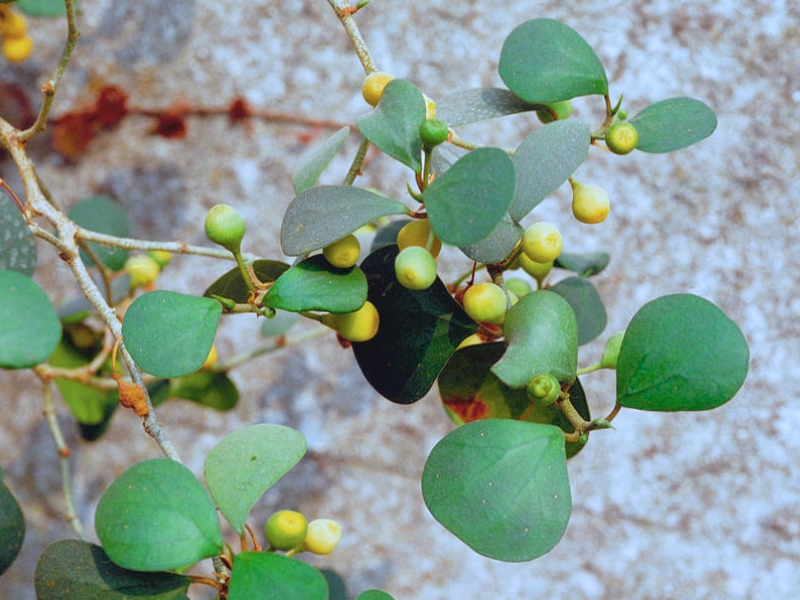
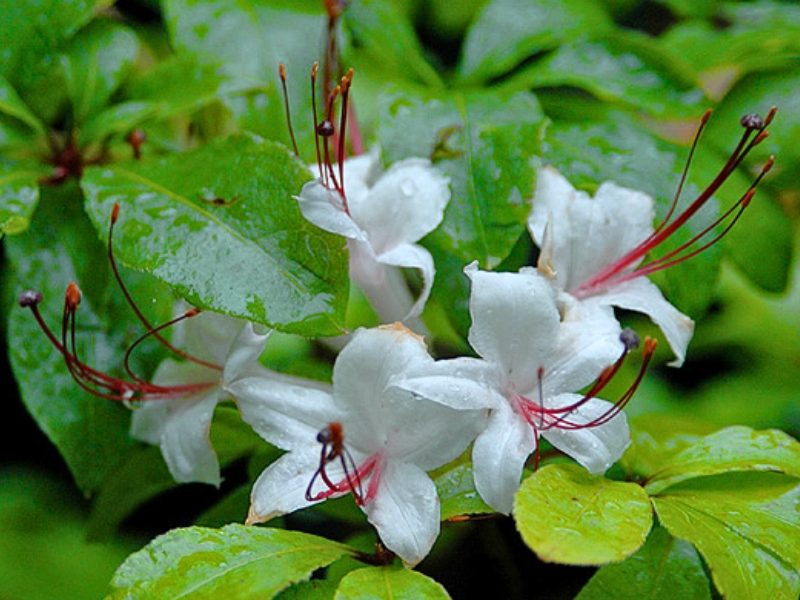
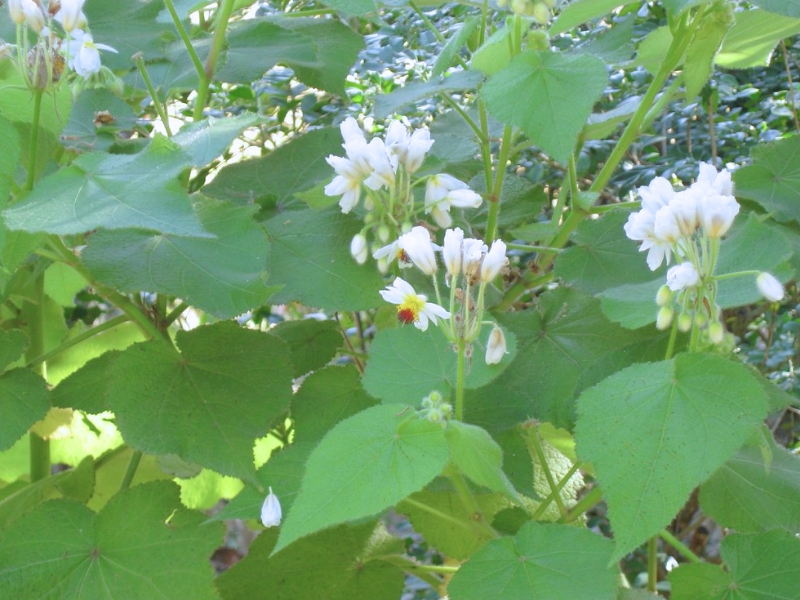
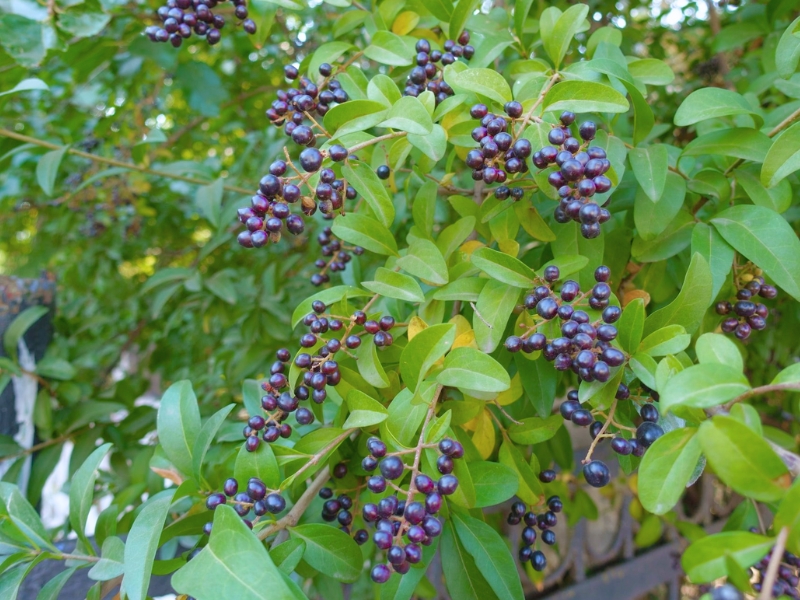
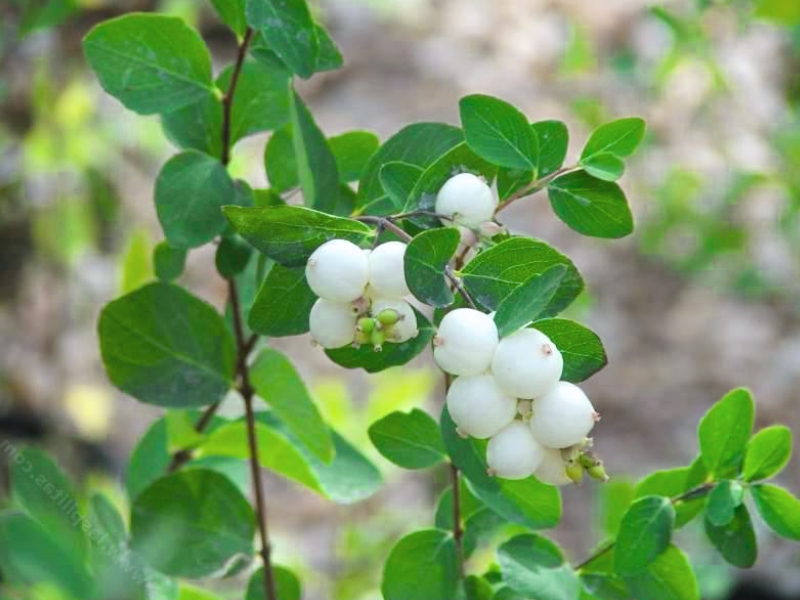
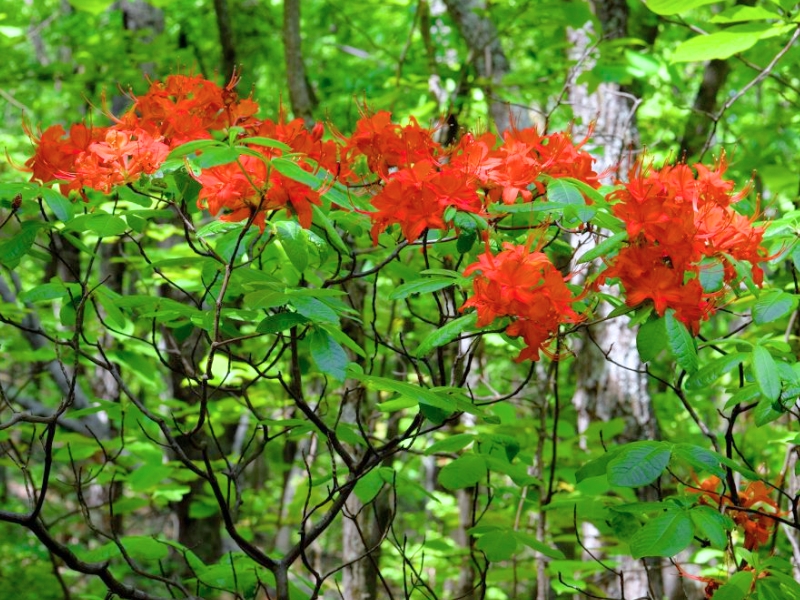
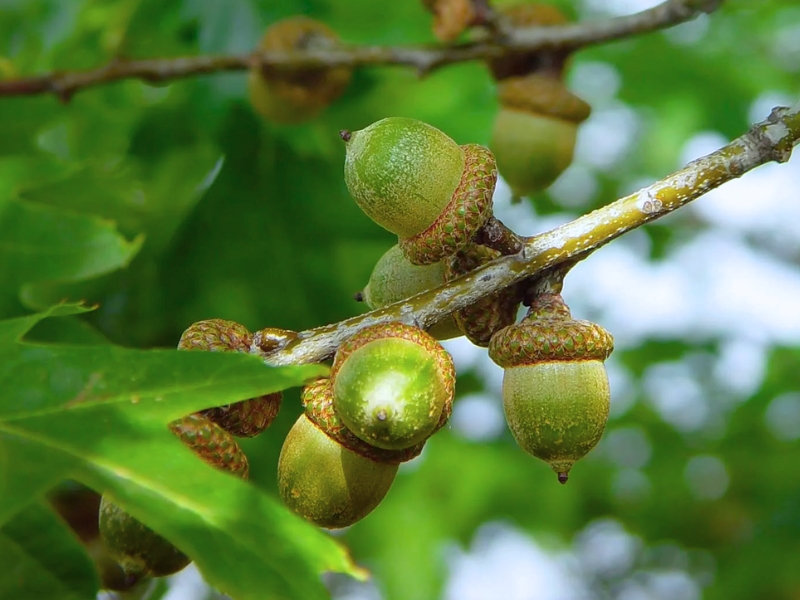
Leave a Reply